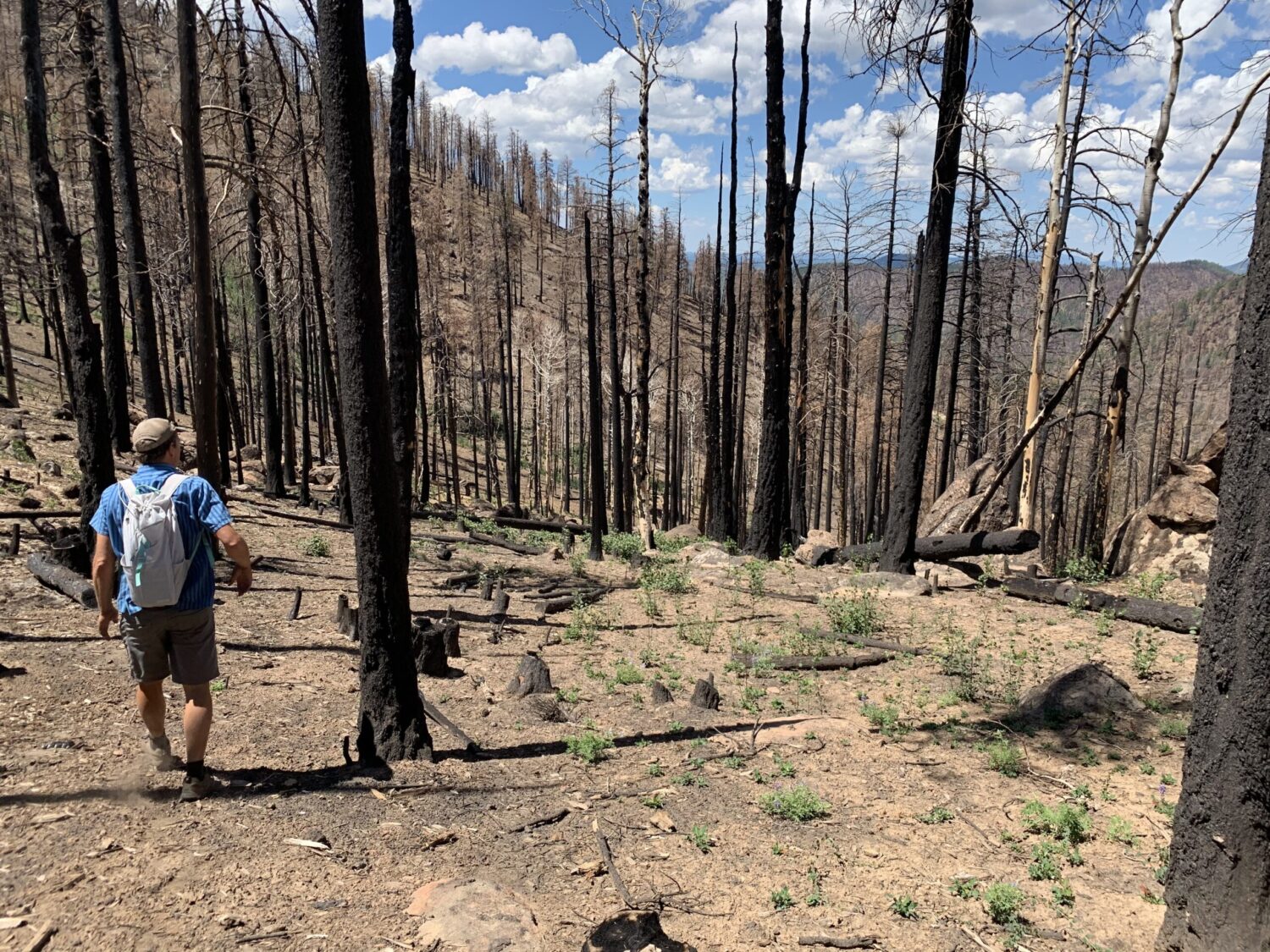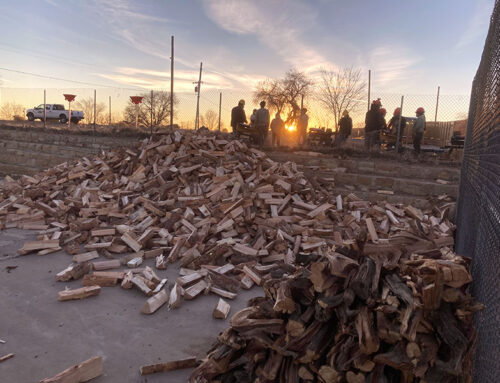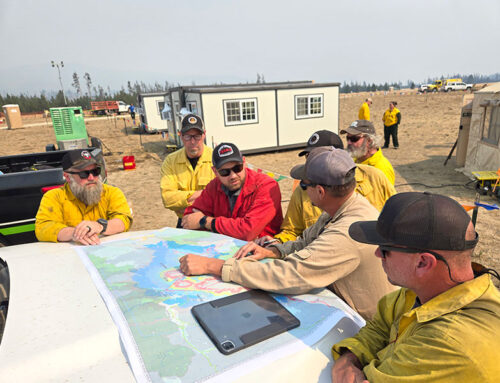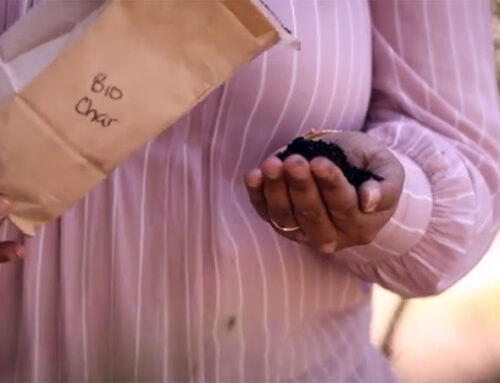The ERI is exploring the different ways in which wildfires affect Arizona residents through multiple studies associated with wildfires in the Flagstaff area. In 2019, the ERI conducted a survey with the NAU School of Forestry to understand public experiences with the 2019 Museum Fire near Flagstaff. The results provide results about public experiences with wildfire and post-fire flooding and recommendations for decision-makers about communication during fire, the Ready, Set, Go! evacuation system, post-fire flood risks, and forest and fire management.
In 2020, the ERI is conducting a follow-up to the 2013 white paper, “A Full Cost Accounting of the 2010 Schultz Fire.” The ERI is conducting a follow-up analysis to understand the ongoing costs of the 2010 Schultz Fire and flooding, remediation, and economic recovery 10 years after the event. We are also conducting another survey of homeowners in the Schultz Fire flood footprint to understand changes in perspectives and sense of wellbeing over time.
The ERI is also exploring the role of decision support tools (DST) in wildfire risk assessment and fuels treatment planning within land management agencies like the USDA Forest Service. Using interviews with DST developers and users, the ERI identified common DSTs for assessing wildfire risk and treatment planning, approaches for the development and transfer of DSTs, examples of DST uses, common barriers and facilitators in the development and use of DSTs, and recommendations for facilitating the development and use of DSTs. The project report is available from Melanie Colavito (melanie.colavito@nau.edu) by request.




